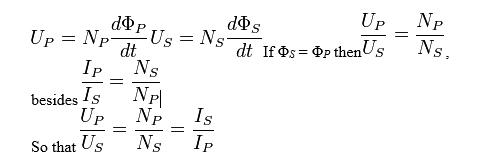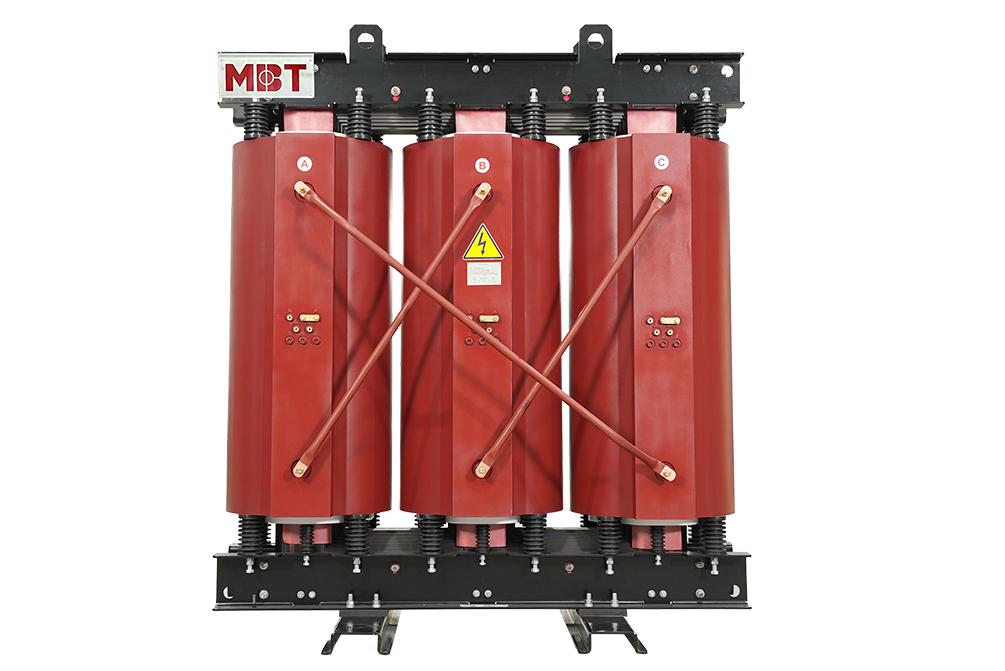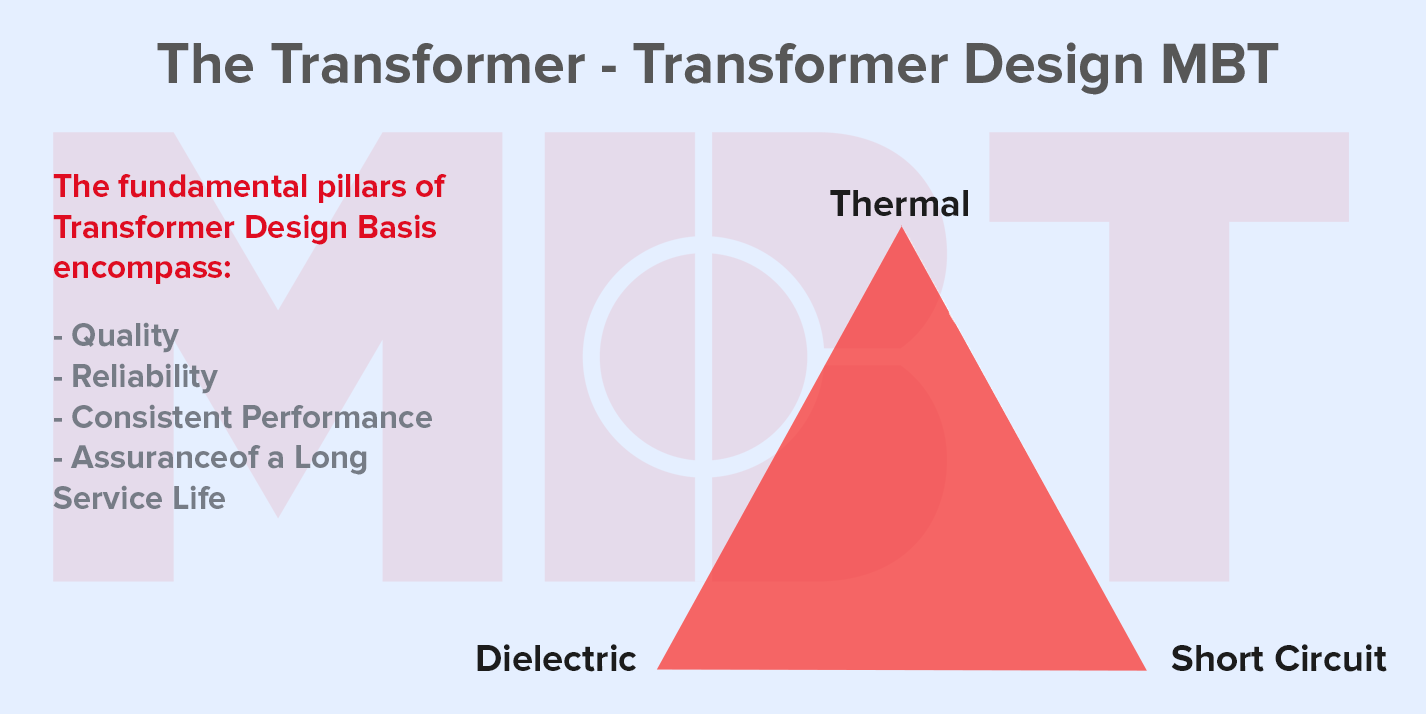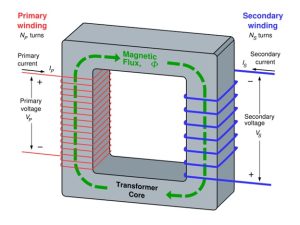
PURPOSE OF A TRANSFORMER
Purpose of using transformer
What is the purpose of using a transformer? It's a standard electric device that occurs anywhere. From small houses to extensive facilities, electricity can't be used without the transformer.
Functions and roles of transformers
The transformer is an electromagnetic device. It works according to the electromagnetic induction principle, to converse an alternating current in this voltage to another alternating current in another voltage with a constant frequency.
Transformer roles
The transformer can change the alternating voltage, increase or decrease the voltage, giving the output voltage corresponding to the needs. These uses can transfer electricity to long distances or put them into use in homes or factories.
Transformers play a significant role in the transmission of electricity.
More specific
- The role of a transformer that converts the voltage to the desired purpose, for example, from a 10 kV medium-voltage line to a low voltage 220 V or 400 V used in residential activities or electric power plants.
- The role of the transformer usually converts the medium voltage from the source (10 kV to 50 kV) to a high voltage (110 kV to 500 kV or higher) before transmitting it to the high voltage line. In power transmission over long distances, the higher the voltage, the less loss.
There are also transformers with smaller capacity. If you want to stabilize the voltage indoors, you can use a voltage stabilizer transformer, chargers for low voltage electrical equipment (230 V to 24 V, 12 V, 3V)
Transformer operation principles
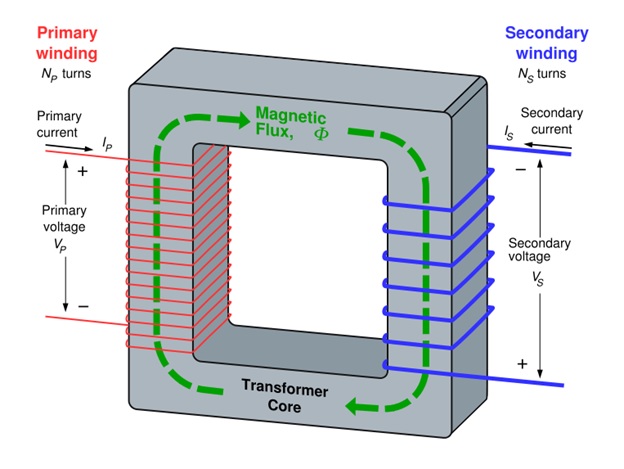
Transformer operation relies on two physical phenomena:
- The electric current flowing through the wire creates a magnetic field.
- Flux variation in the coil produces an induced voltage (called electric induction).
The transformer plays a role when the current is generated in the primary winding, connected to the primary voltage, and has a variable magnetic field in the iron core. In the secondary circuit, the varying magnetic field produces a secondary voltage (this voltage differs from the input voltage, due to being modified). Thus the primary voltage can be changed to the secondary voltage through the magnetic field. The ratio of turns around the two iron cores is proportional to the voltage in those cores.
When NP, UP, IP, ΦP and NS, US, IS, ΦS is the number of turns, voltage, current, and flux in the primary and secondary (primary and secondary) circuits, respectively, according to Faraday's Law we have:
For a simple example, a transformer with a capacity of 400 W, transformer ratio 100:5
• Primary side 80 V, 5 A, 200 turns
• Secondary side 4 V, 100 A, 10 turns






